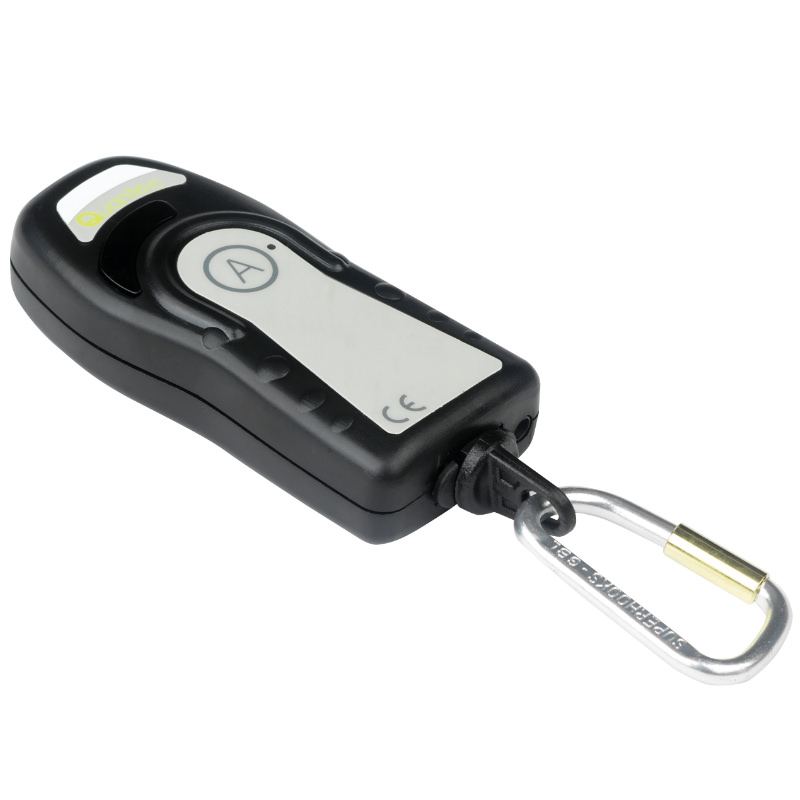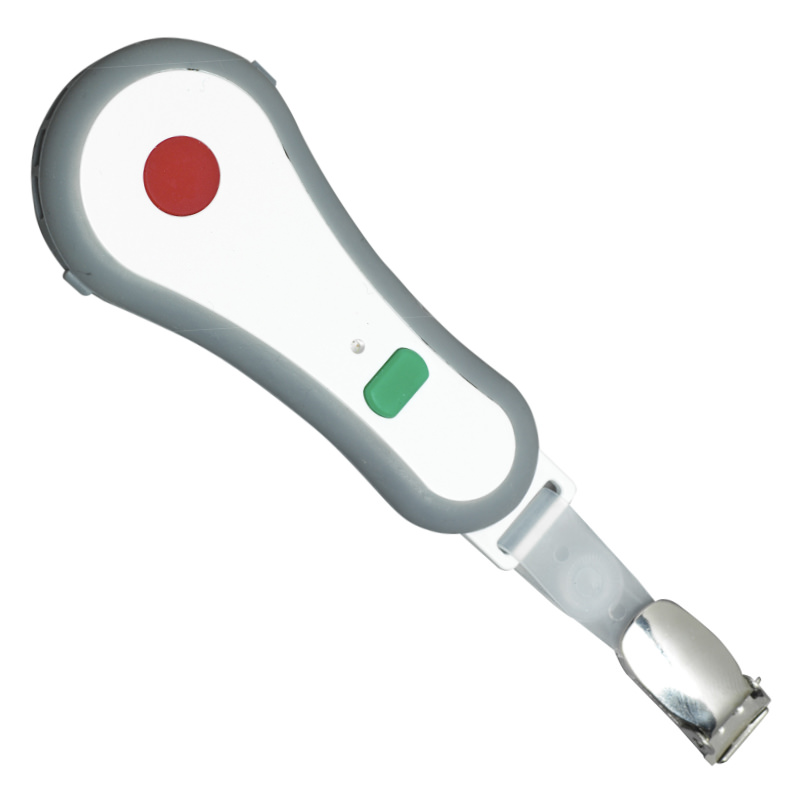


Typically, these systems comprise a “Fire Detection” element and an automatic extinguishant element. Fire detection is installed throughout the protected area and the Detection Control Panel is interfaced with the extinguishant system to trigger an automatic discharge of extinguishant gas under the appropriate conditions.
Systems are usually configured to operate on the “double knoch” principle which requires the activation of at least two fire detectors before the extinguishant is released.
There are three common extinguishants as follows:
1. FM200
FM200 is widely used in computer rooms and is a very effective extinguishant which vaporises the following discharge causing minimal damage to systems/equipment it comes in contact with. FM-200 is the world’s most widely selected clean agent for use in new applications and as a Halon 1301 replacement. It is suitable for use in a wide range of fire extinguishing applications, including total flooding, streaming, and inerting applications. FM-200 is a safe, clean, and electrically nonconductive agent that protects people, high value assets and the continuity of business operations.
2. Novec
Based on a proprietary chemistry from 3M, Novec 1230 fluid addresses industry needs for clean agent fire protection that is safe and effective, while offering an environmental profile that other halocarbon agents like HFCs can’t begin to match:
- Zero ozone depletion potential
- 5-day atmospheric lifetime
- Global warming potential of 1
Because of this, Novec 1230 fluid – unlike HFCs – is not targeted for phase-down or regulatory restrictions anywhere in the world. And it is approved for use in total flooding fire suppression systems by the U.S. EPA and most major regulatory bodies around the world. All of this makes Novec 1230 fluid today’s sustainable choice for clean agent fire protection.
3. CO2
CO2 is usually used in plant areas and is a lower cost alternative. CO2 cannot be used to protect sophisticated electrical equipment as it can cause thermal shock.
Room Integrity Testing
It is imperative that the protected area is airtight prior to discharge of the extinguishant. Any openings must automatically seal prior to discharge of the gas. The protected enclosure should be subjected to a room integrity test which involves pressurisation using a computer controlled fan system which detects leakage in the room.
Fixfire® offers Room Integrity Testing at commissioning stage and on an on-going basis following installation.
KeyCall® is a revolutionary patent-pending Key Operated Fire Alarm Activation Device which has been developed specifically for ‘approved’ applications where standard fire alarm call points would be vulnerable to abuse. Developed by Fixfire® in response to growing demand from the Mental Health Care sector, KeyCall® is a revolutionary one-piece analogue addressable key operated manual call point.
Compatible with a wide range of Conventional and Addressable Fire Alarm Systems.
KeyCall® accepts a Euro-Profile style cylinder
Typically suited/keyed-alike cylinders are fitted so that authorised persons can activate KeyCall® using their standard door key.
Key ‘Click-latch’ mechanism ensures key ‘latches’ in correct position to activate Fire Alarm System.
Anti-ligature low-profile flush-mounting design.
Neat minimalistic one piece construction incorporating Fire Alarm interface module.
Red fire indicator illuminates when KeyCall® is activated.
Compatible with a wide range of Conventional and Addressable Fire Alarm Systems
Applications include:
- Prisons
- Mental Healthcare
- Special Educational Needs (SEN) School

FM200 Detection Control Panel
British Standard Design requirements...
- Install AFD to voids greater than 800mm
- Treat downward projections exceeding 10% of the void depth as wall
BS5839-Part 1:2013 states:
22.2d) If the system Category is such that automatic fire detection should be provided in any area that contains a horizontal void of 800 mm or more in height, automatic fire detection should also be provided in the void.
22.3j) Ceiling obstructions, such as structural beams, deeper than 10% of the overall ceiling height should be treated as walls [see Figure 10a)]. NOTE 10 Within horizontal voids, beams or obstructions that are deeper than 10% of the overall depth of the void regardless of whether the void is above the ceiling or below the floor, ought to be treated as walls that subdivide the void.

VoidAlert Remote Indicator

Related Downloads

Click a sector to find out more
Typically, these systems comprise a “Fire Detection” element and an automatic extinguishant element. Fire detection is installed throughout the protected area and the Detection Control Panel is interfaced with the extinguishant system to trigger an automatic discharge of extinguishant gas under the appropriate conditions.
Systems are usually configured to operate on the “double knoch” principle which requires the activation of at least two fire detectors before the extinguishant is released.
There are three common extinguishants as follows:
1. FM200
FM200 is widely used in computer rooms and is a very effective extinguishant which vaporises the following discharge causing minimal damage to systems/equipment it comes in contact with. FM-200 is the world’s most widely selected clean agent for use in new applications and as a Halon 1301 replacement. It is suitable for use in a wide range of fire extinguishing applications, including total flooding, streaming, and inerting applications. FM-200 is a safe, clean, and electrically nonconductive agent that protects people, high value assets and the continuity of business operations.
2. Novec
Based on a proprietary chemistry from 3M, Novec 1230 fluid addresses industry needs for clean agent fire protection that is safe and effective, while offering an environmental profile that other halocarbon agents like HFCs can’t begin to match:
- Zero ozone depletion potential
- 5-day atmospheric lifetime
- Global warming potential of 1
Because of this, Novec 1230 fluid – unlike HFCs – is not targeted for phase-down or regulatory restrictions anywhere in the world. And it is approved for use in total flooding fire suppression systems by the U.S. EPA and most major regulatory bodies around the world. All of this makes Novec 1230 fluid today’s sustainable choice for clean agent fire protection.
3. CO2
CO2 is usually used in plant areas and is a lower cost alternative. CO2 cannot be used to protect sophisticated electrical equipment as it can cause thermal shock.
Room Integrity Testing
It is imperative that the protected area is airtight prior to discharge of the extinguishant. Any openings must automatically seal prior to discharge of the gas. The protected enclosure should be subjected to a room integrity test which involves pressurisation using a computer controlled fan system which detects leakage in the room.
Fixfire® offers Room Integrity Testing at commissioning stage and on an on-going basis following installation.













































